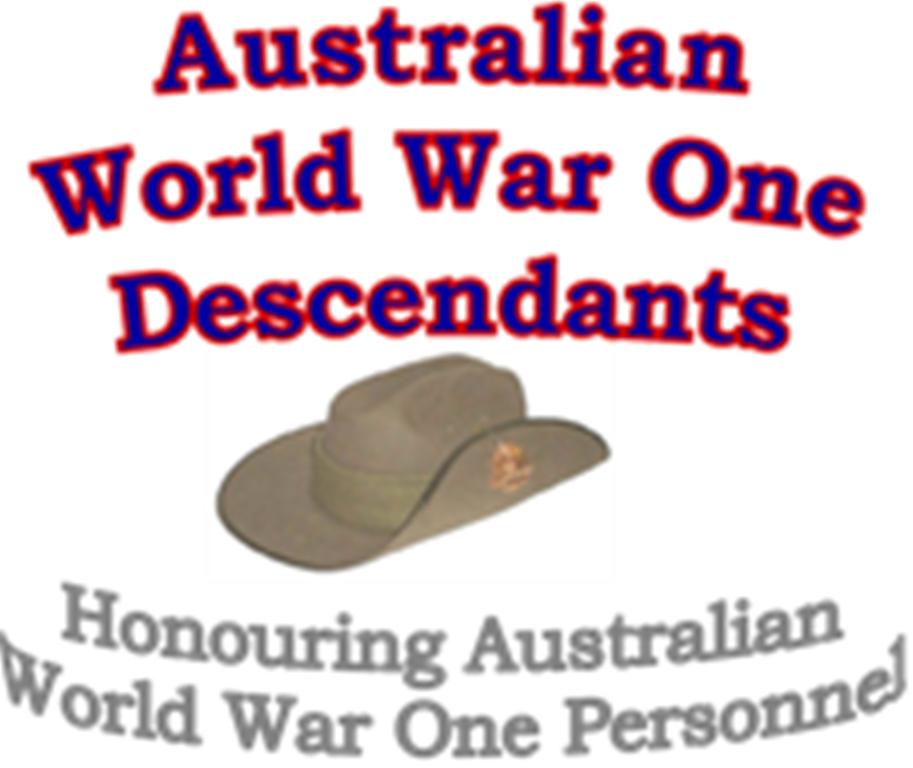
Honouring Australian World War One Personnel
Name - William Joseph Robert Cheeseman
Rank - Lieutenant-Colonel
Official Number - None
Enlistment Date - 18 October 1915
Regiment - 53rd Battalion
AWWOD descendant - Lyndall May Eeg
Service Detail - William Joseph Robert Cheeseman was born on 12 January 1894 in Newcastle. At 18 he joined the militia, was commissioned in the 16th Infantry Battalion in February 1913 and on the outbreak of World War I, became signals officer at Newcastle Defended Port.
On 18 October 1915, he joined the Australian Imperial Force as a lieutenant, embarked for Egypt in November with the 30th Battalion and was promoted captain in February 1916. He reached France in June and commanded his company at Fromelles and on the Somme where he took part in the battalion's raid at Fleurbaix. He was mentioned in dispatches in January 1917. In the advance on Bapaume on 17 March, he organised a bombing and Stokes-mortar attack which captured a section of German trench and then, when his company was held up by machine-gun fire, dislodged the enemy by a flanking movement; six days later at Beaumetz, he launched a successful counter-attack when the outpost line he was commanding was surprised and outflanked by a strong enemy force - his gallantry earned him the Military Cross, and the Légion d'honneur (Legion of Honour, awarded in the field by the French President), and was promoted major in April.
He took part in the battle of Polygon Wood in September and, when the commanding officer of the 53rd Battalion was killed, was promoted lieutenant-colonel; aged only 23, he was one of the youngest battalion commanders in the A.I.F. He was gassed at Villers-Bretonneux in April 1918 but returned to his unit and saw further action at Morlancourt, Amiens, Péronne and Bellicourt. At Bellicourt, on 1 October, his unit was ordered to move up for a dawn attack; but the men lost their way and as dawn broke, they came under heavy machine-gun fire. Cheeseman rallied them into columns and led them, under fire, to the start-line; later in the attack he made a dangerous reconnaissance under heavy shelling. These actions won him the Distinguished Service Order, and he was mentioned in dispatches twice in 1918-19 (and a wartime total of seven).
Members thoughts / recollections - According to my mother, my grandfather returned to Australia in June 1919 and in July next year was promoted lieutenant-colonel in the Australian Military Forces; he commanded the 2nd Battalion, 2nd Infantry Regiment, until July 1921 when he went into business as a storekeeper. He owned stores at Comboyne and Taree, then in the early 1930s became manager of a Woolworths branch in Sydney; in 1936 he moved to Adelaide as general manager for Woolworths Ltd in South Australia. Survived by his wife, Marguerite Ruperta Tracy and two daughters Nell and Josephine, he died on 23 April 1938 after an operation for appendicitis (succumbed due to lung damage caused by gassing in trenches of France and Belgium). He was cremated in Adelaide (following a military funeral) and his ashes were buried in Sandgate cemetery, Newcastle.
As my grandfather was only 44 years old when he died suddenly, I sadly, never met him. My mother Nell was only 18 years old (and her sister, Josephine, 14yo) when their father died and in that era, wasn't allowed to attend his funeral - much to her lifelong regret. She recalls he was a loving though strict father, hardworking and determined - a very talented violin player, who "brought tears to people's eyes" - and an amateur boxer. After the War, he was president of the 53rd Battalion for many years. Noted for his giant physique and genial disposition, with maturity beyond his years, he was considered to be a popular A.I.F. leader who had the confidence of his superiors despite his youth.
Select Bibliography: *J. J. Kennedy, The Whale Oil Guards: 53rd Battalion (Dublin, 1919) - reprinted by the Imperial War Museum, London (2012). *Chris Clark, 'Cheeseman, William Joseph Robert (1894–1938)', Australian Dictionary of Biography, National Centre of Biography, Australian National University - accessed online 21 June 2014. The military history detailed above is taken from his entry first published in hardcopy in "Australian Dictionary of Biography", (MUP), 1979.
